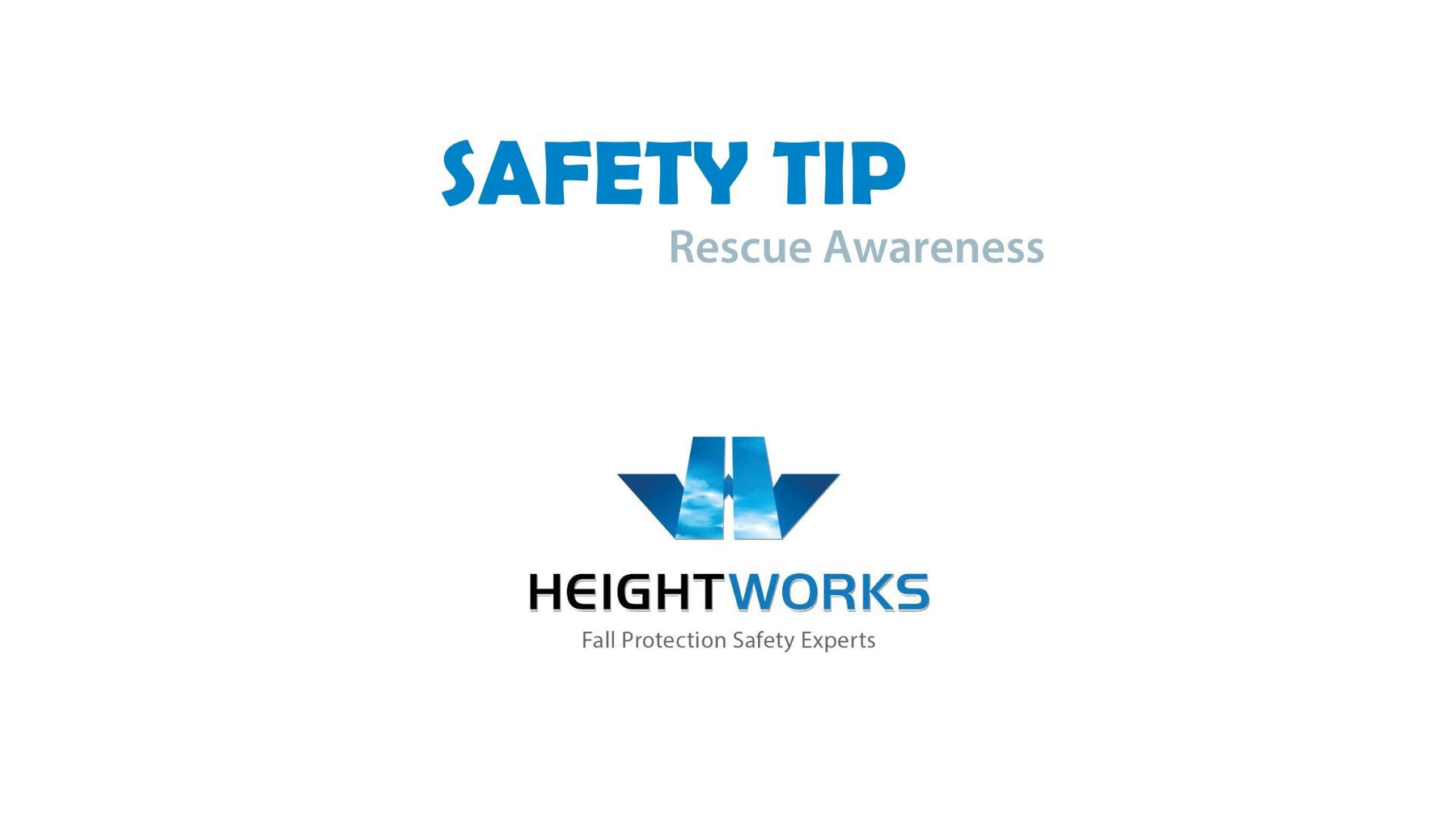With over 10,000 orders

Safety Tip: Rescue Awareness

Creating a rescue plan for workers that work at heights is one of the most overlooked – and most critical – aspects of any fall protection plan. The importance of a rescue plan is to identify and answer the question of how you would get a suspended worker down after a fall occurs.
Here are the top reasons as to why you should consider making and/or revamping your organization’s rescue plans for work-at-height employees and/or contractors:
- Preparedness
It’s always better to be prepared and have a rescue plan in place for the unexpected. It protects not only your organization but the safety of your work-at-height employees and/or contractors. - Non-fall related injury or Illness
A worker can become ill or sustain another type of work-related injury not related to a fall, while they are working at heights. As a result, it may become critical to be able to get this worker down to ground level to seek appropriate medical attention. By having a rescue plan in place that considers a variety of scenarios, your work-at-heights team will be able to safely lower the ill and/or injured individual to the ground to access the medical attention in a timely manner. -
Suspension Trauma
Suspension trauma can occur when a worker has been left dangling too long after a fall has occurred. By having a plan in place and quickly responding by executing a rescue plan can make all the difference in counteracting what could be a fatal experience for the work who has sustained a fall. Click here to learn more about Suspension Trauma. - Critical Response
When a fall, other illness or injury happens every second counts for the worker. Having a rescue plan in place can potentially save a worker’s life. Calling 911 and waiting for emergency services isn’t necessarily a suitable response, as emergency responders require the victim(s) to be in a safe and accessible area for medical treatment.
